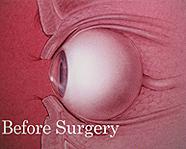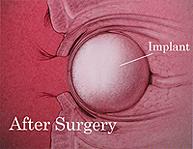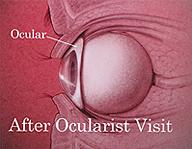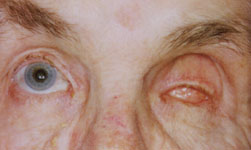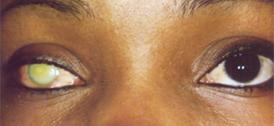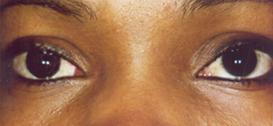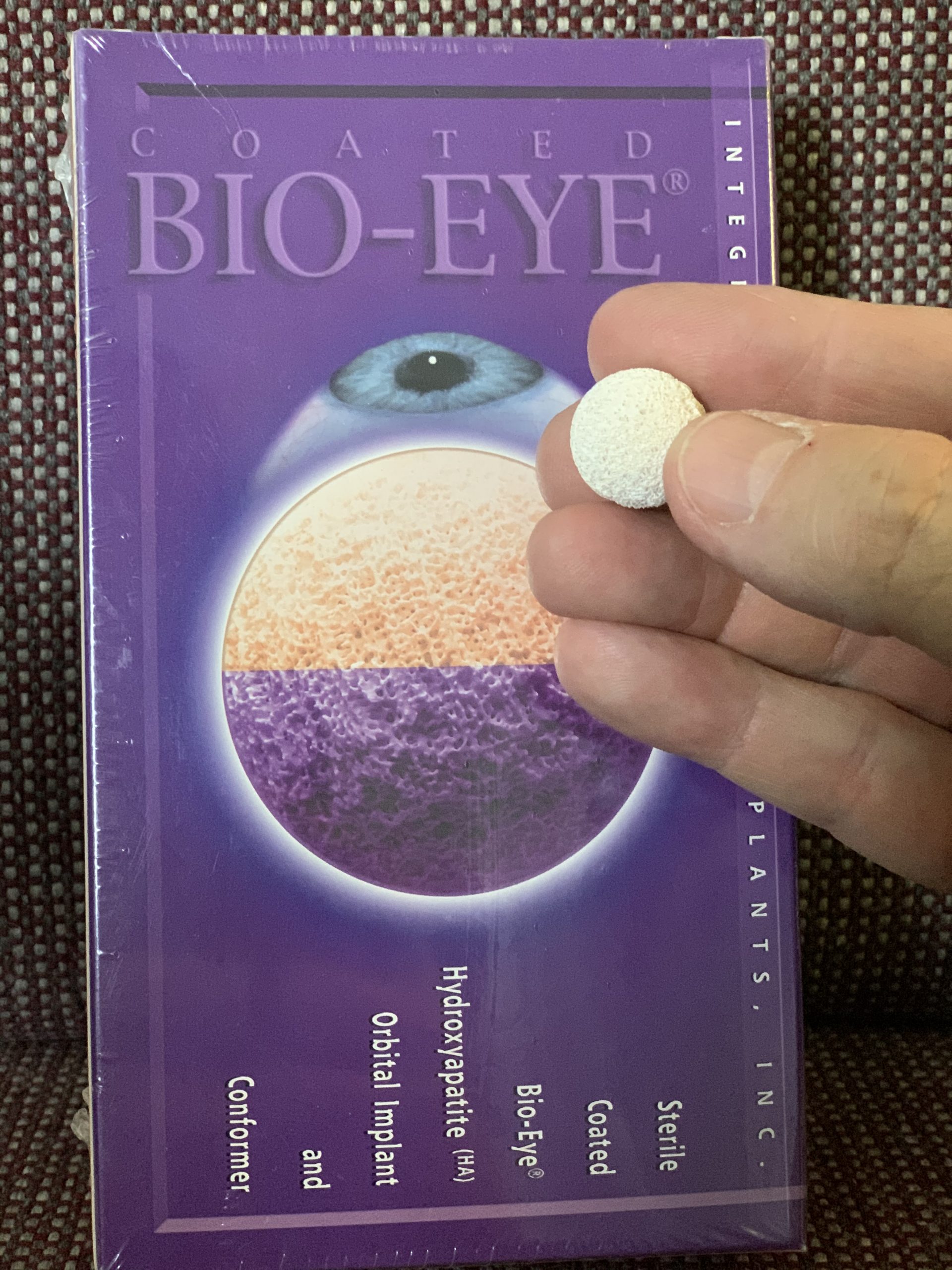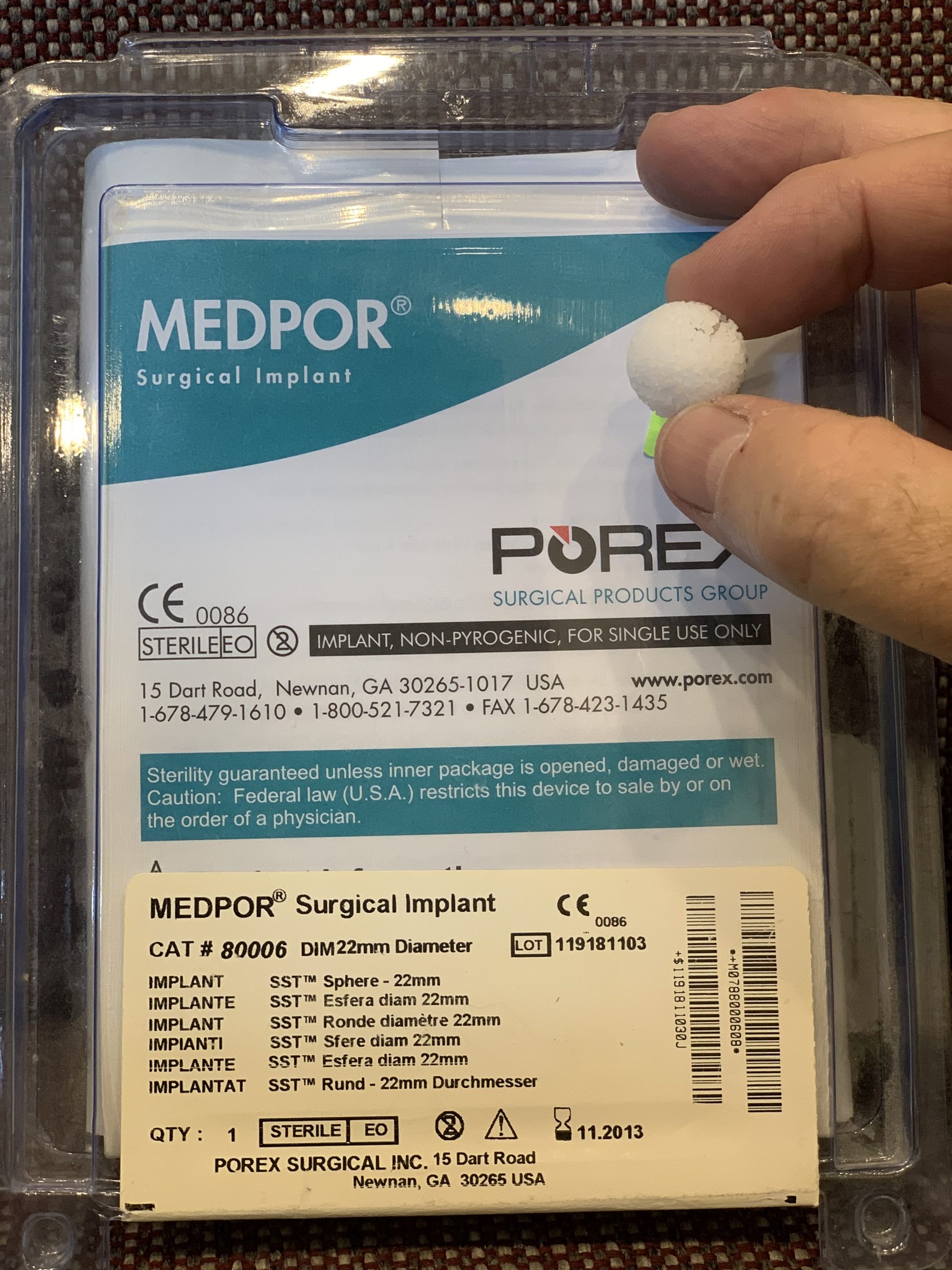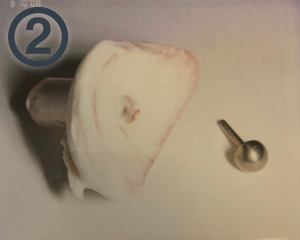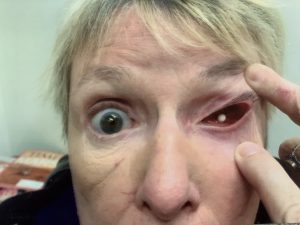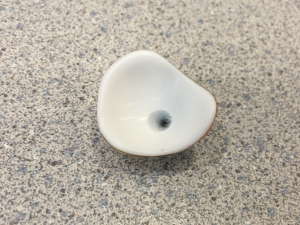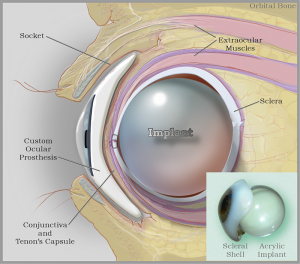TO SCHEDULE AN APPOINTMENT CALL (703) 352-3520
OCULAR PROSTHESIS
Ocular Prosthesis otherwise known as an artificial eye, is a plastic prosthesis used when an eye is surgically removed. During surgery, a ball implant is inserted into the eye socket to fill the area the eye once occupied. An ocular prosthesis is then molded to fit in front of the implant. It occupies the space between the eyelids and the skin (conjunctiva) covering the implant.
The ocular prosthesis is generally made four to six weeks after surgery in order to allow the socket tissues to heal adequately. Prior to that time, a thin plastic plate, called a conformer, is sometimes worn in place of the prosthesis. This prevents shrinkage of the tissue and helps to prepare the socket for ocular placement.
Until the ocular prosthesis is fitted, the upper eyelid can be droopy in appearance. The prosthesis will help support the eyelid and allow the lids to open and close normally.
SCLERAL COVER SHELL PROSTHESIS
Scleral Cover Shell Prosthesis also known as a “cover shell,” is a thin, plastic prosthesis used when an eye is malformed as a result of a birth defect, or becomes non-functioning due to subsequent illness or injury. In such cases, the non-functioning eye is left within the eye socket. A prosthesis can then be molded to fit between the lids and the blind eye.
Scleral cover shells fit directly over the malformed eye. Sometimes a “trial shell” is fashioned to allow the eye to grow accustomed to the direct contact of the prosthesis. Cover shells impart a better cosmetic appearance by closely resembling the remaining good eye, while leaving the affected eye in the socket.
A detailed brochure about scleral cover shells is also available from our office. Please call us if you wish to receive a copy.
PLASTIC EYE CARE INFORMATION
Yearly Checkups – It is recommended that you return to our office once a year to have your prosthesis polished. Usually there is a significant build-up of salt and protein deposits on the eye in one year’s time. Polishing removes these potentially irritating deposits. The ocularist will also evaluate the eye’s fit and appearance. Sometimes a build-up or adjustment may be called for, due to subtle changes in the eye’s socket tissue.
Removal and Cleaning – At one time, all artificial eye wearers were told to remove and clean the prosthesis on a regular basis. It has since been learned that removal on a regular basis keeps the eye socket mildly irritated. Today’s artificial eyes generally need less attention due to improved fitting and polishing techniques. Many people do not feel the need to remove their prosthesis between visits to their ocularist. Removal and reinsertion of the prosthesis is an easy process. Your ocularist can show you the correct method. If you do remove your artificial eye, be sure to thoroughly wash your hands first; this will reduce the risk of infection and irritation.
Eye Drops – A few artificial eye wearers experience “dry eye” due to lack of lubrication. In such cases the ocularist will often recommend an aqueous lubricating solution such as artificial tears. In cases where the individual cannot close the eyelids all the way or the eyelids do not close during sleep, an oily lubricant may be recommended.
Storing the Eye – If the plastic eye must be left out of the socket overnight or longer for any reason, store it in water or in a contact lens soaking solution.
Other Points to Remember
• If you must rub the eye, rub towards the nose with the eyelids closed. Wiping away from the nose may cause the eye to fall out.
• Do not expose the plastic eye to alcohol, ether, chloroform, or any solvents. These may damage the plastic beyond repair.
• Most people can wear their artificial eye safely while swimming. However, to prevent accidental loss you may either wear swim goggles or remove the eye and store it safely.
• Protect your remaining eye by wearing protective glasses.
We have a variety of cleaners, irrigation solutions and lubricants for the prosthetic eye wearer. Please call (703) 352-3520 should you need additional information on prosthetic eye care.
OCULAR IMPLANTS
Hydroxyapatite Ocular Implant
Monoplex Acrylic Ocular Implant
Medpor Ocular Implant
1. Fitting impression which incorporates ball-socket titanium motility peg.
2. Titanium motility peg removed from alginate impression.
3. Empty socket. Note the titanium sleeve. The shaft of ball-socket motility peg is inserted in the hole.
4. Older motility pegs were clear and white PMMA. Contemporary pegs are titanium.
Patient with prosthetic eye removed. Notice the white PMMA round ball motility peg.
Anterior view of the removed prosthetic eye.
Posterior view of the removed prosthetic eye. Note the recessed socket-this is coupled to the ball motility peg in the patients socket.
Many times, when a person looses the sight of an eye and has an enucleation (surgical removal of entire eye) or an evisceration (surgical removal of the inside of the eyeball-leaving the exterior remains) a round sphere or Ocular implant is surgically implanted (buried beneath the tissue-so it is not normally visible) at the time of eye loss surgery. This round sphere is used to replace the lost volume, 65% of the human eye. The remaining, 35% volume is then replaced with a prosthetic eye to restore symmetry. There are a number of different implants used by surgeons to replace the volume of the eye and facilitate greater movement of the prosthesis. These various types of implants include an Acrylic Sphere, Hydroxyapatite and Medpor. Your surgeon will advise you as to which is the most suitable implant for your particular situation/needs.
Porous implants allow for vascular ingrowth over a period of several months to a year creating a stable implant that does not migrate out of position. Years ago, it was common to have a surgically placed peg into the central region of a porous implant to maximize movement to the prosthesis. Unfortunately, complications became evident such as breakdown of the conjunctival (pink) tissue directly surrounding the pegged area. There also proved to be a significant increase in socket discomfort, discharge and infections. On occasion, the prosthesis would actually rotate out of position and an audible “clicking” sound could be heard due to the extreme motility of the prosthesis. Currently few patients and surgeons are opting for the pegging portion of the procedure. Most patients are satisfied with the movement of the artificial eye created by the porous implant alone, and a properly fitting prosthetic eye.

